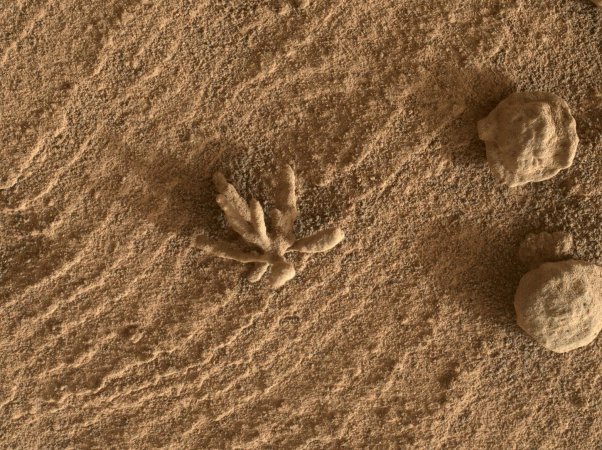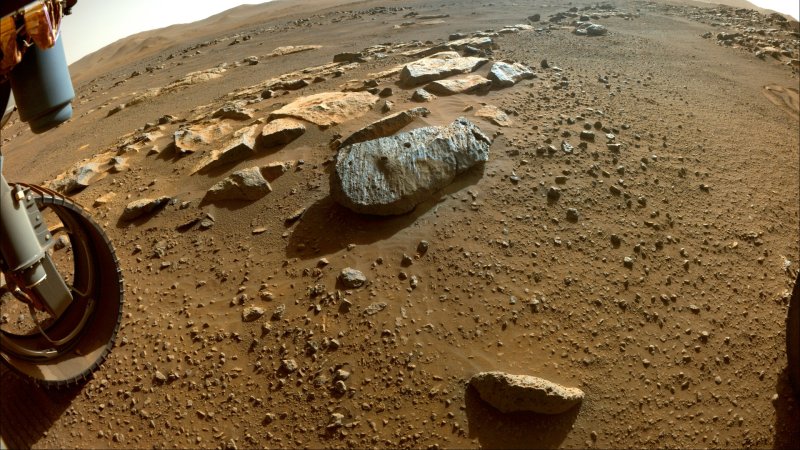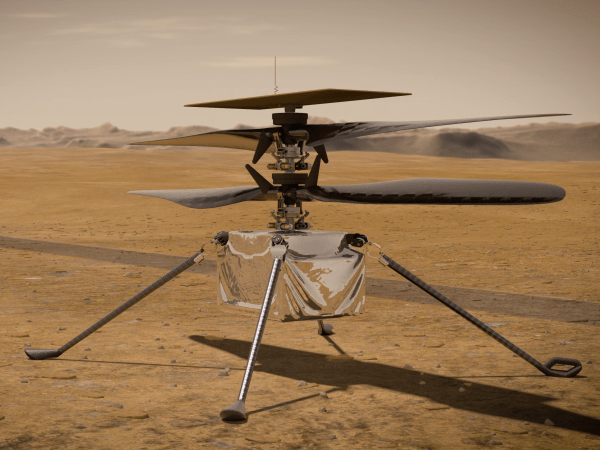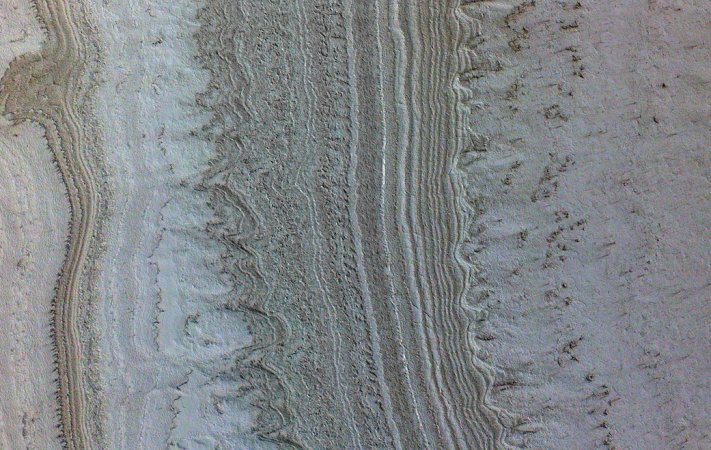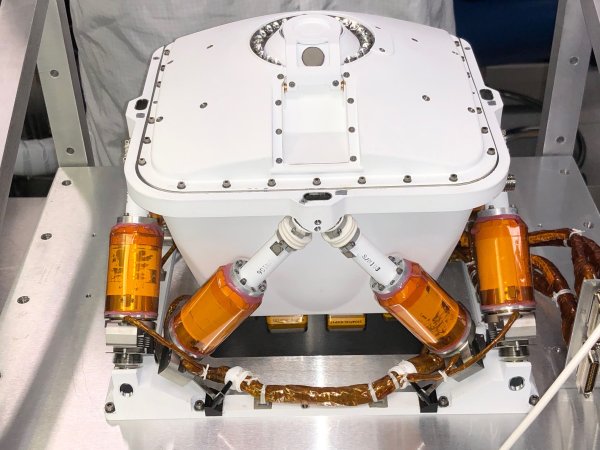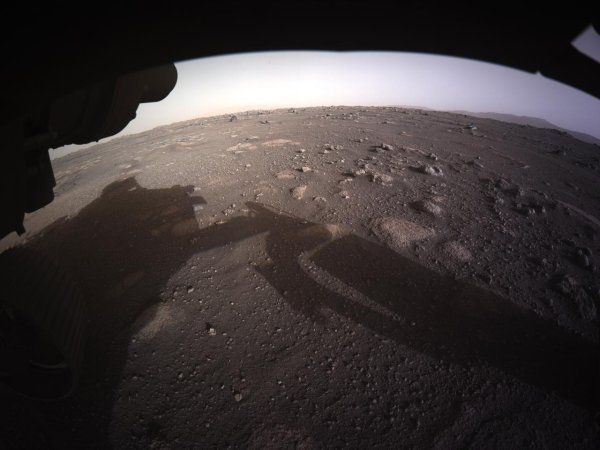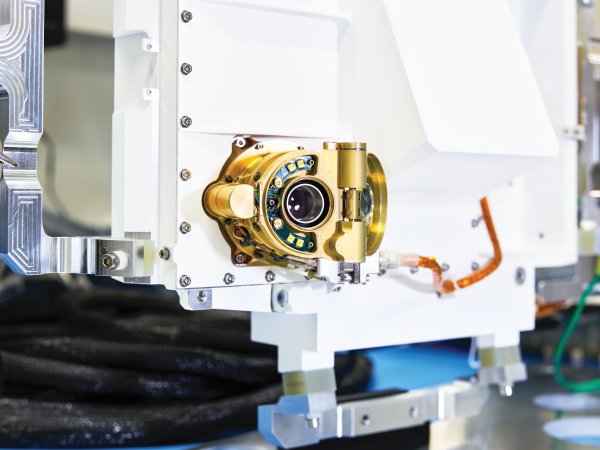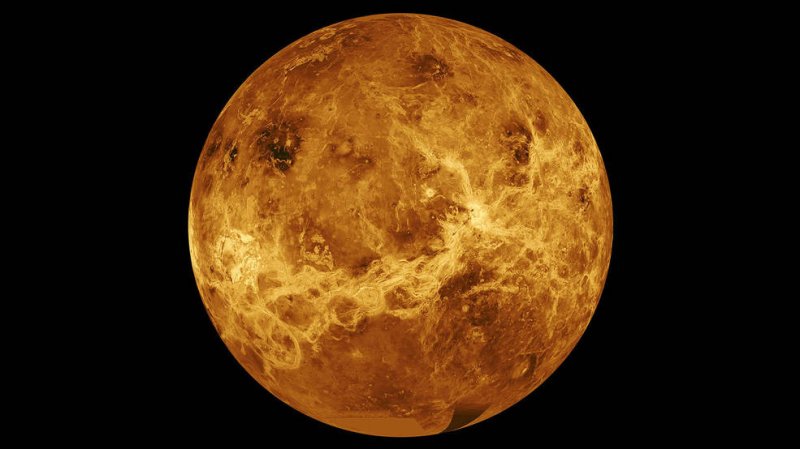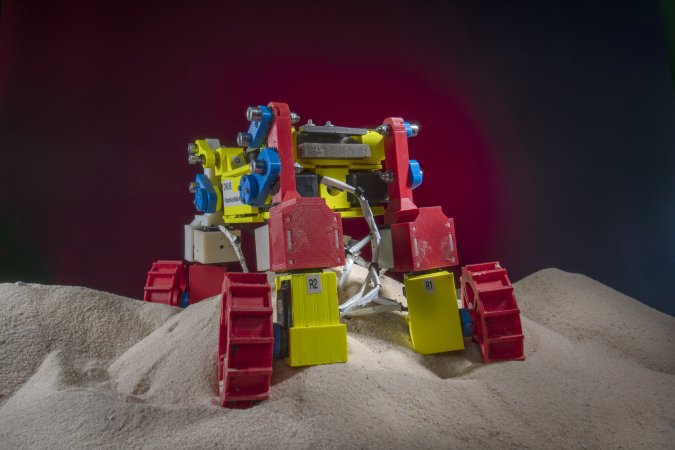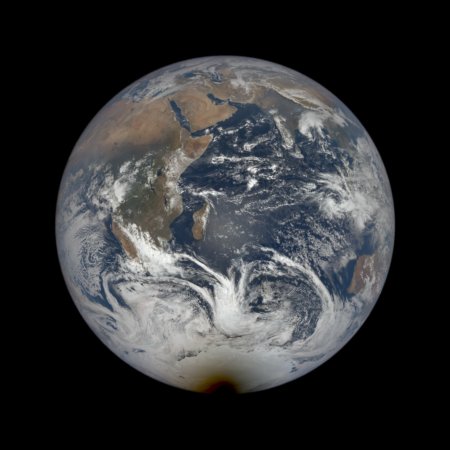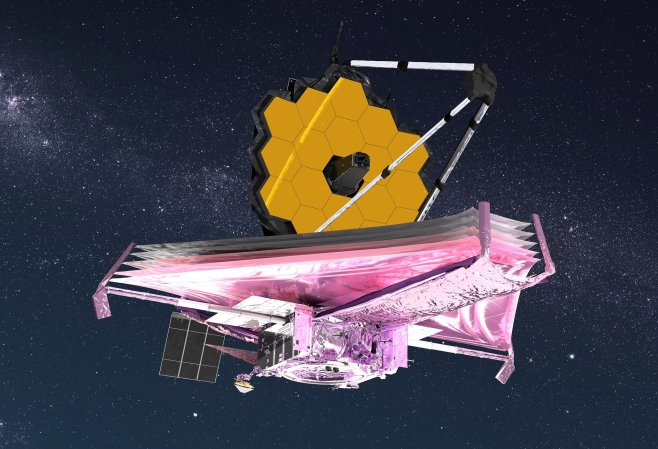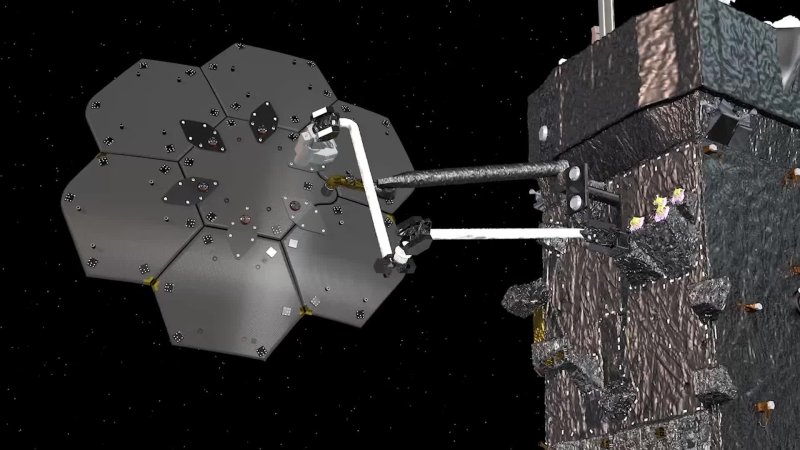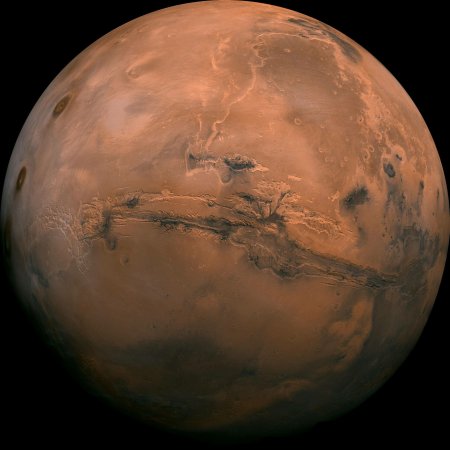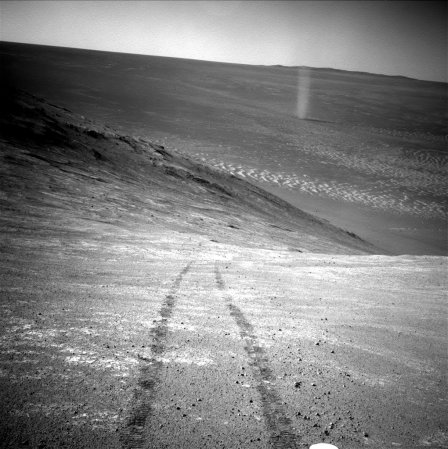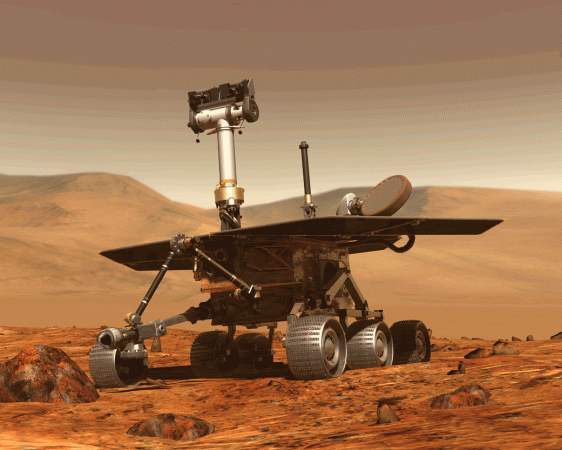

NASA’s Curiosity rover snapped a sunset picture that would make any influencer jealous. The car-sized Martian explorer captured a dazzling sunset on the Red Planet at the start of its new cloud-imaging campaign that began in January.
The image, taken on February 2, shows rays of light illuminating a bank of clouds. These rays are called crepuscular rays, derived from the Latin word for “twilight.” According to NASA, it is the first time that the sun’s rays have been so clearly viewed on Mars.
[Related: What is a ‘Martian flower’?]
Curiosity’s newest twilight cloud survey is building upon observations published in May 2021 that showed night-shining (aka noctilucent) clouds. Martian clouds are mostly made out of water and ice and hover no more than 37 miles above the ground, but the clouds in this new image appear to be higher where it is especially cold. NASA says that their position suggests that the noctilucent clouds are made of carbon dioxide ice, or dry ice.

The 2021 cloud survey also included some imaging made by Curiosity’s black-and-white navigation cameras, giving astronomers a detailed look at how the structure of clouds on Mars move. This new survey will wrap up in mid-March and relies on the color Mast Camera–or Mastcam– that will help scientists see how cloud particles grow.
Curiosity also captured a set of colorful clouds on January 27. These feather-shaped clouds create a rainbow-esque display called iridescence when the sun illuminates them.

“Where we see iridescence, it means a cloud’s particle sizes are identical to their neighbors in each part of the cloud,” said Mark Lemmon, an atmospheric scientist with the Space Science Institute in Boulder, Colorado, in a statement. “By looking at color transitions, we’re seeing particle size changing across the cloud. That tells us about the way the cloud is evolving and how its particles are changing size over time.”
[Related: Curiosity found a new organic molecule on Mars.]
The iridescent clouds and sun rays were both captured as panoramas stitched together from 28 images sent back to Earth. The images have been processed to emphasize the highlights of the images.
Curiosity is the largest and most capable rover that NASA has ever sent to Mars. It launched on November 26, 2011 and landed on the Red Plant on August 5, 2012. Since then, it has snapped the first ever panoramic image of Mars, explored the planet’s Gale Crater and picked up samples of rock, soil, and air samples for onboard analysis. In 2022, the rover even found carbon that could have come from volcanoes or even past lifeforms.
